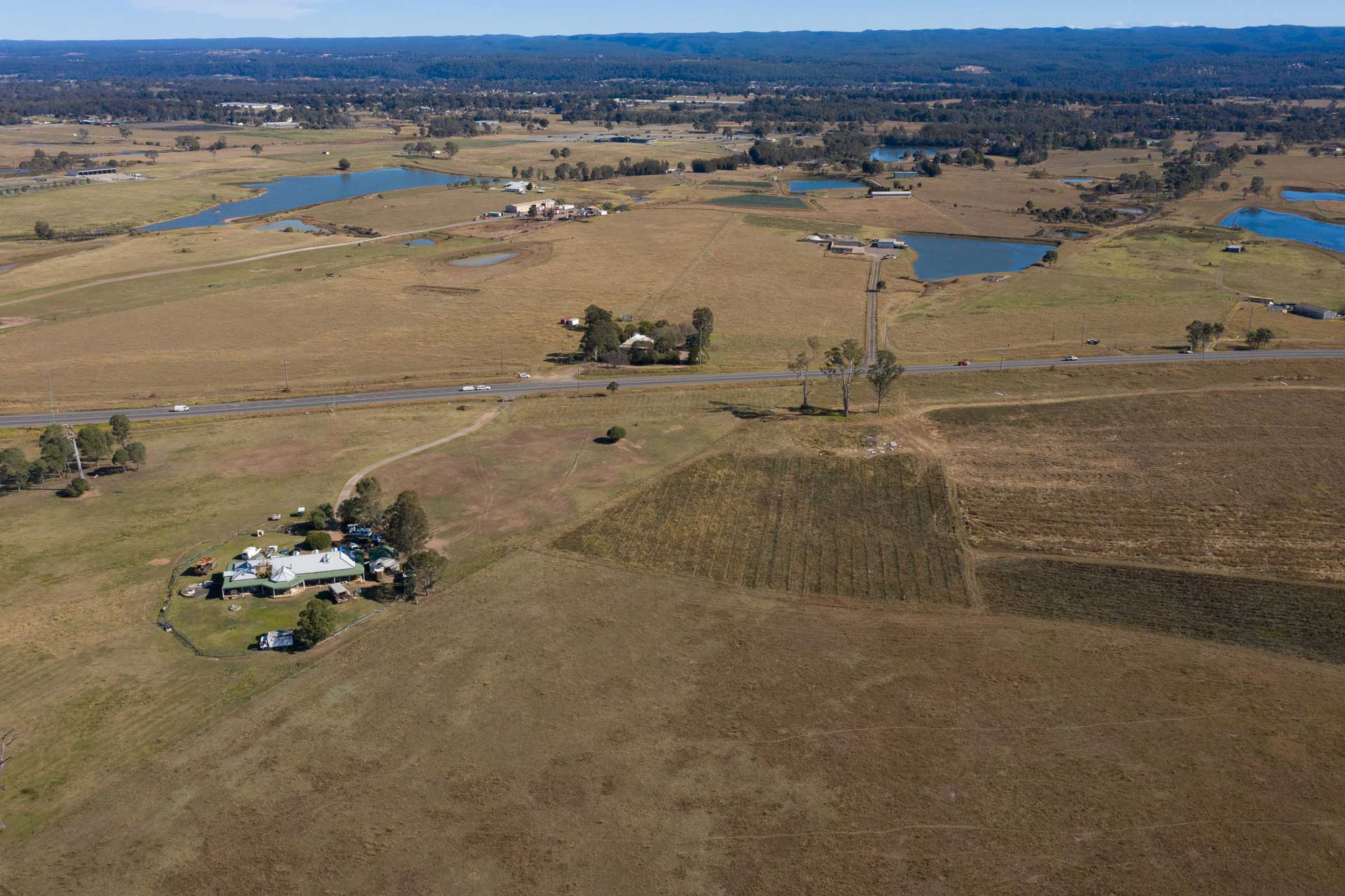
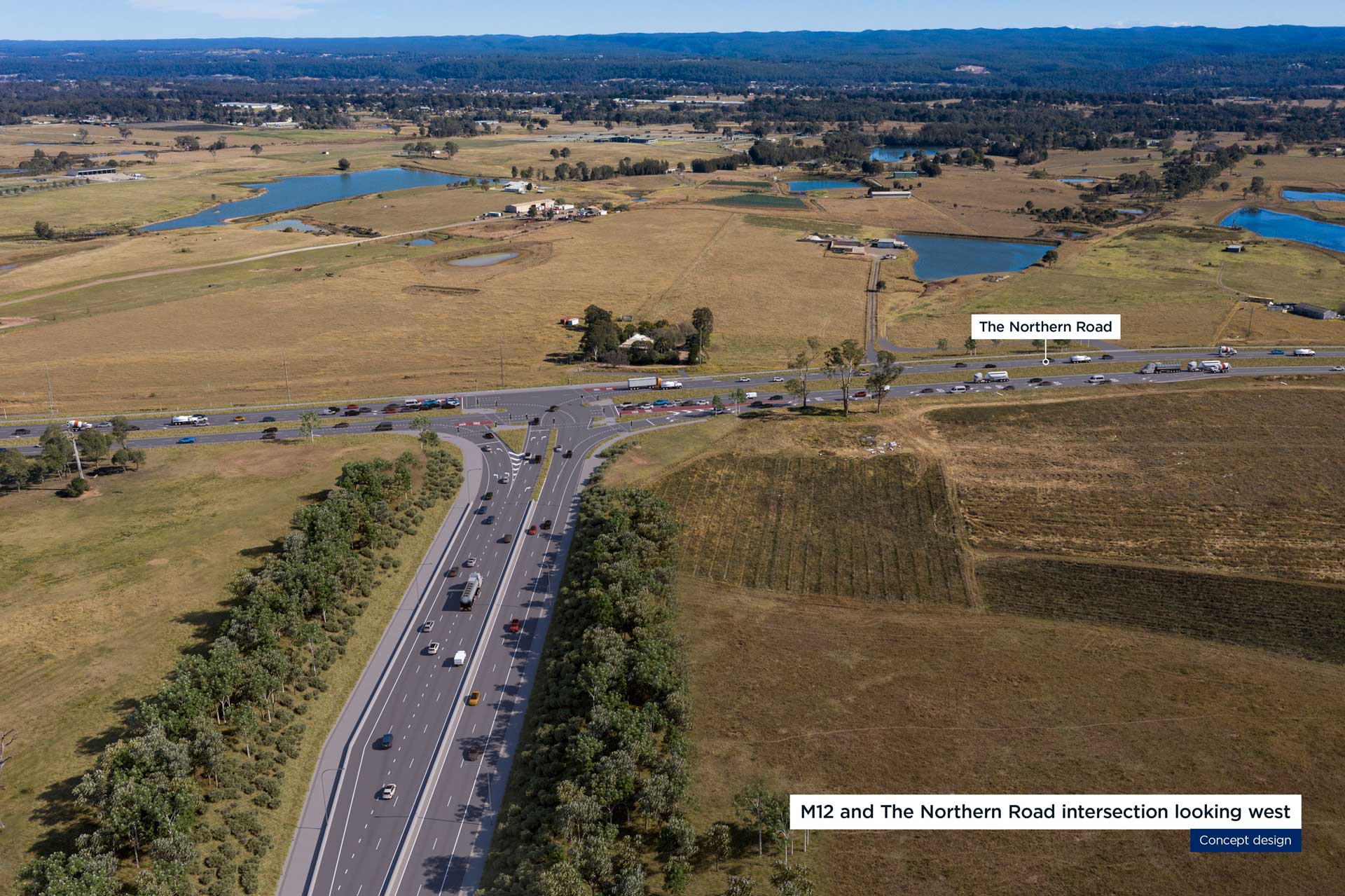


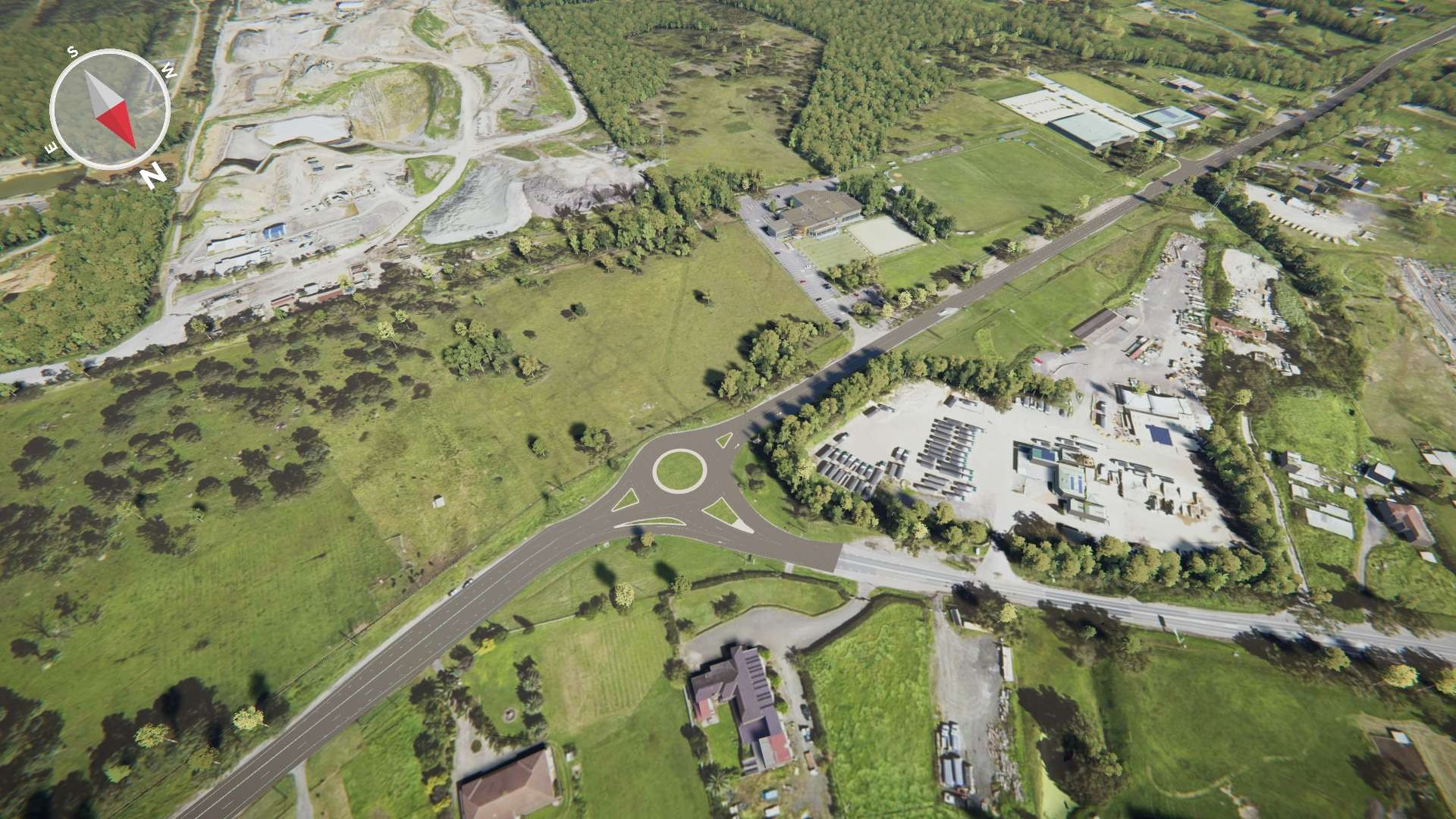
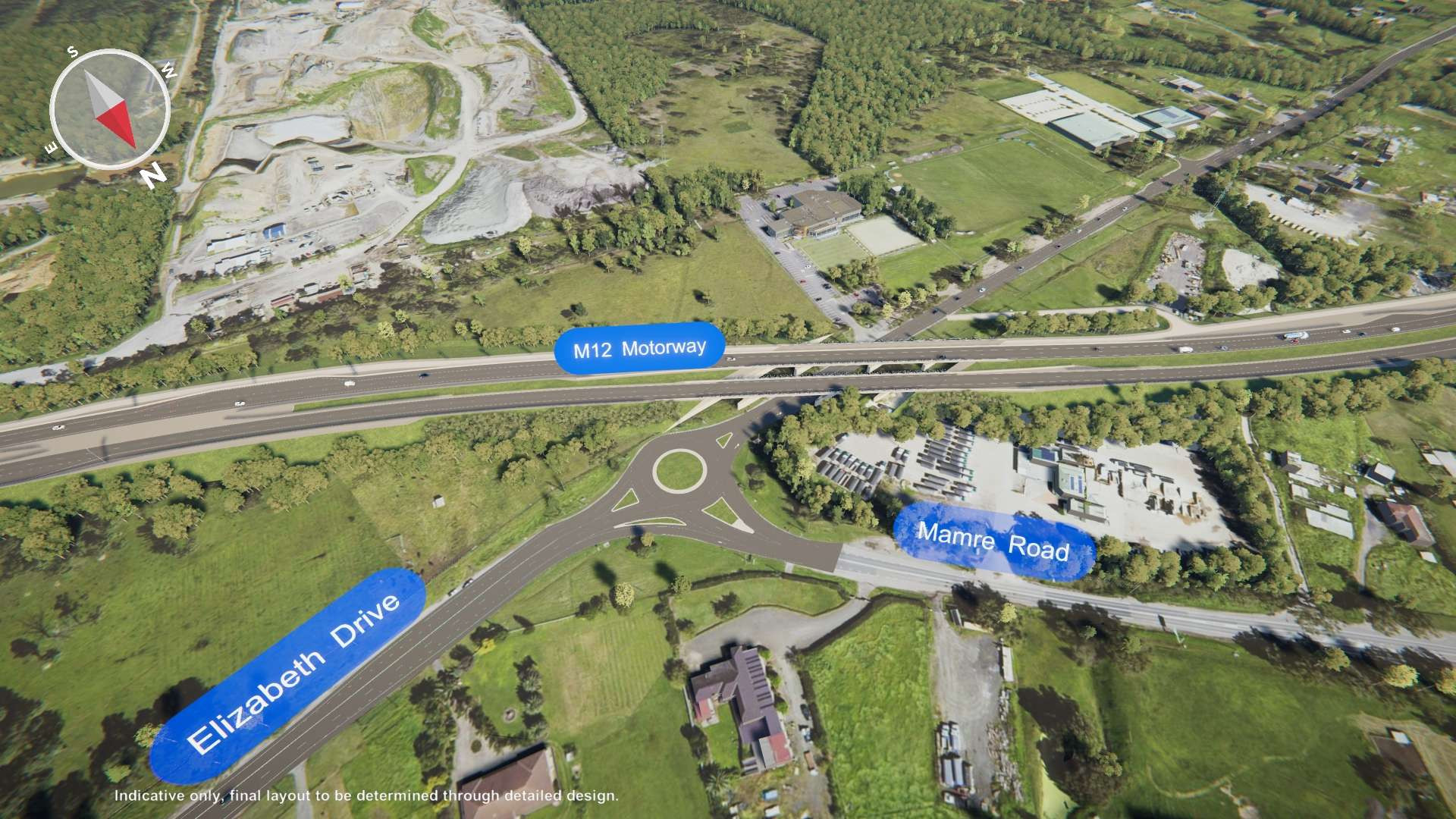
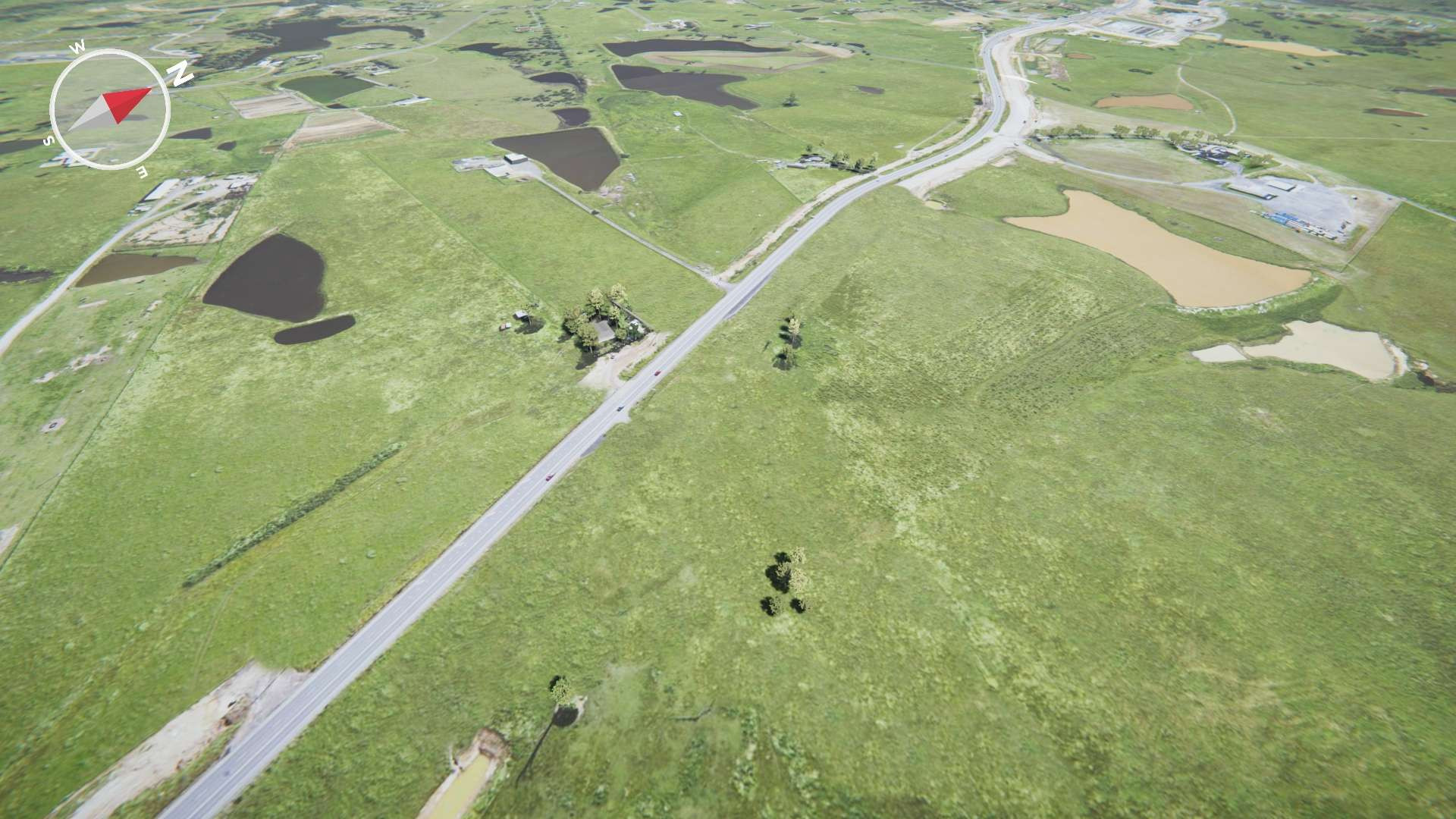
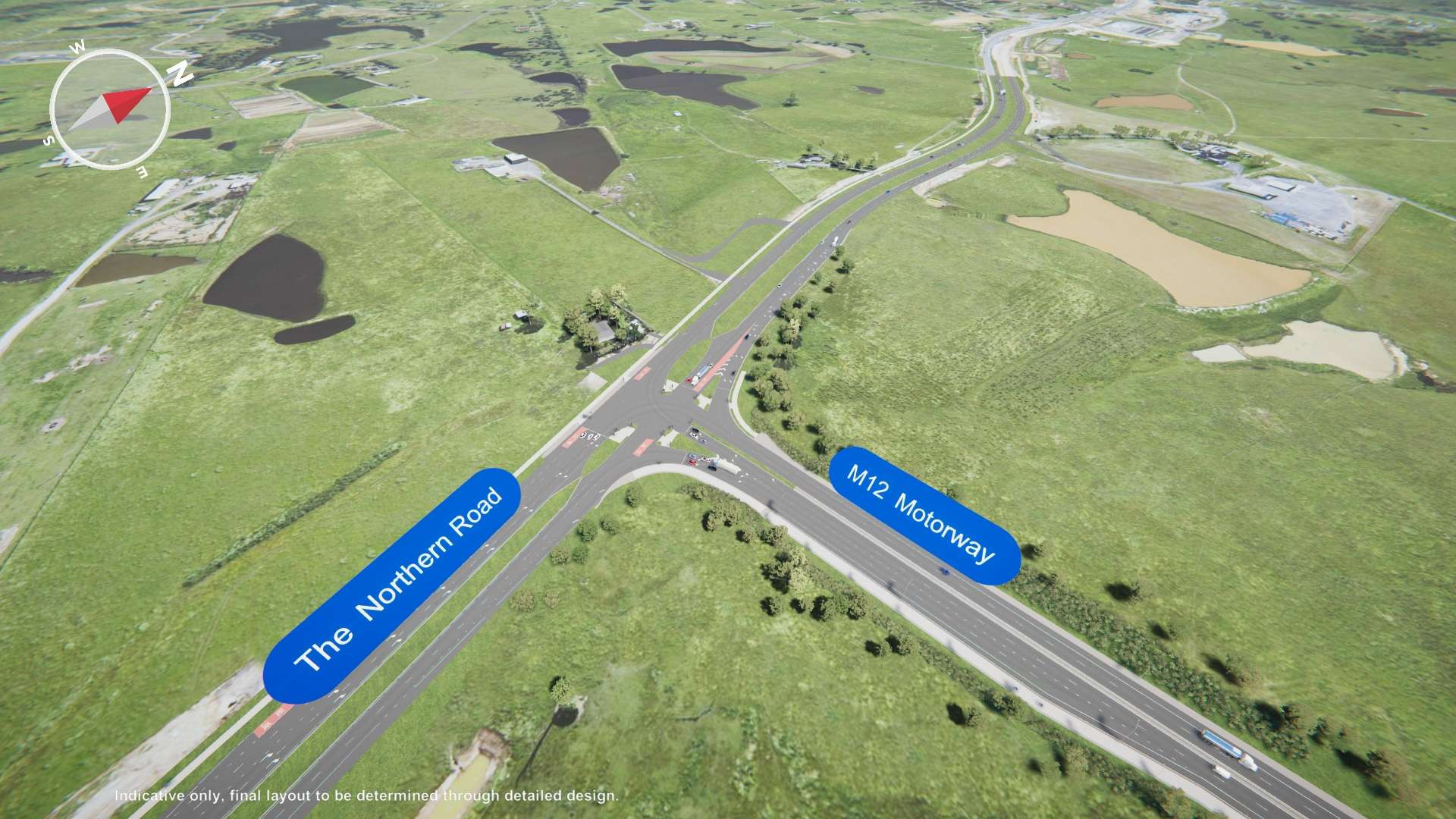
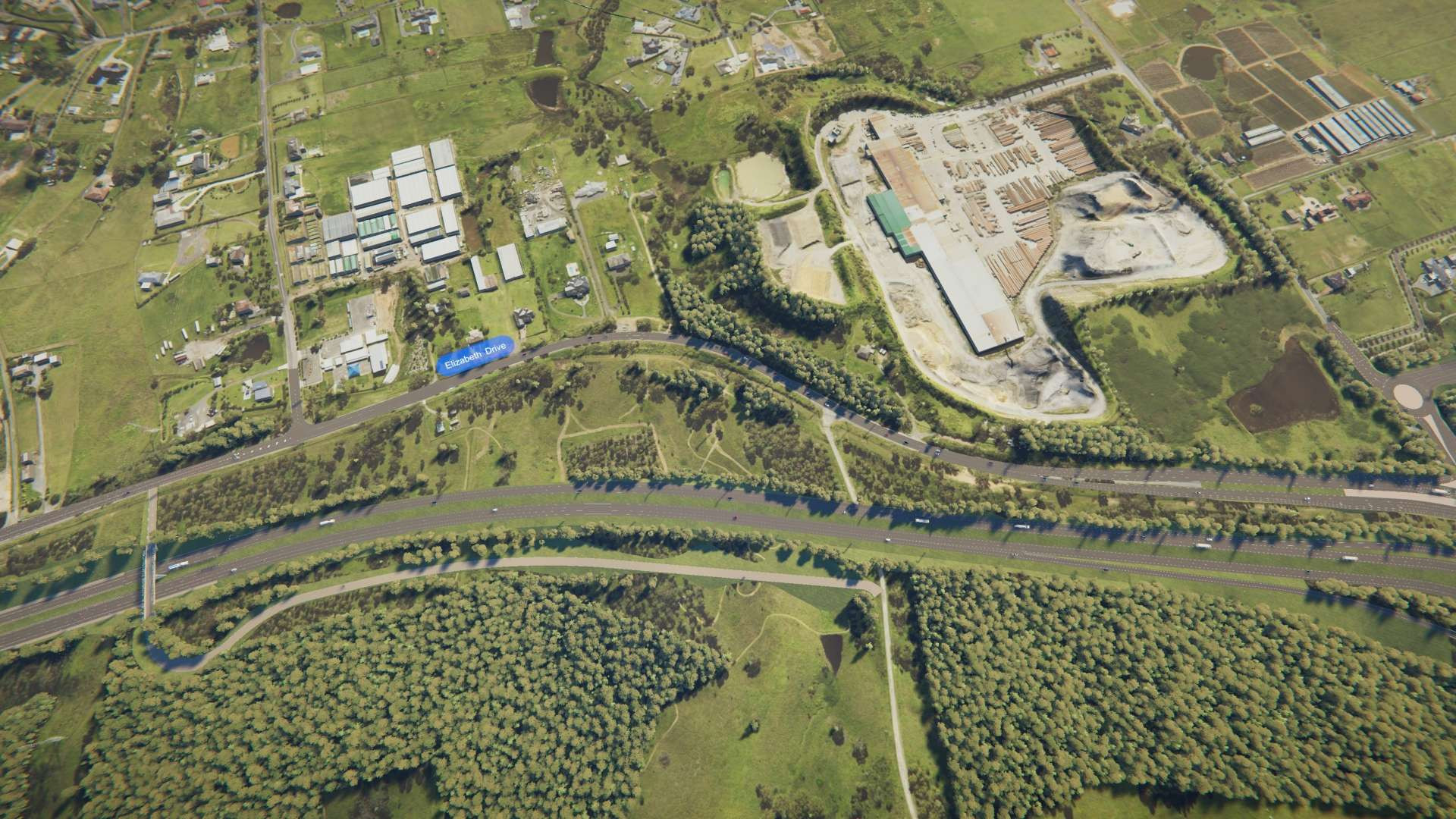
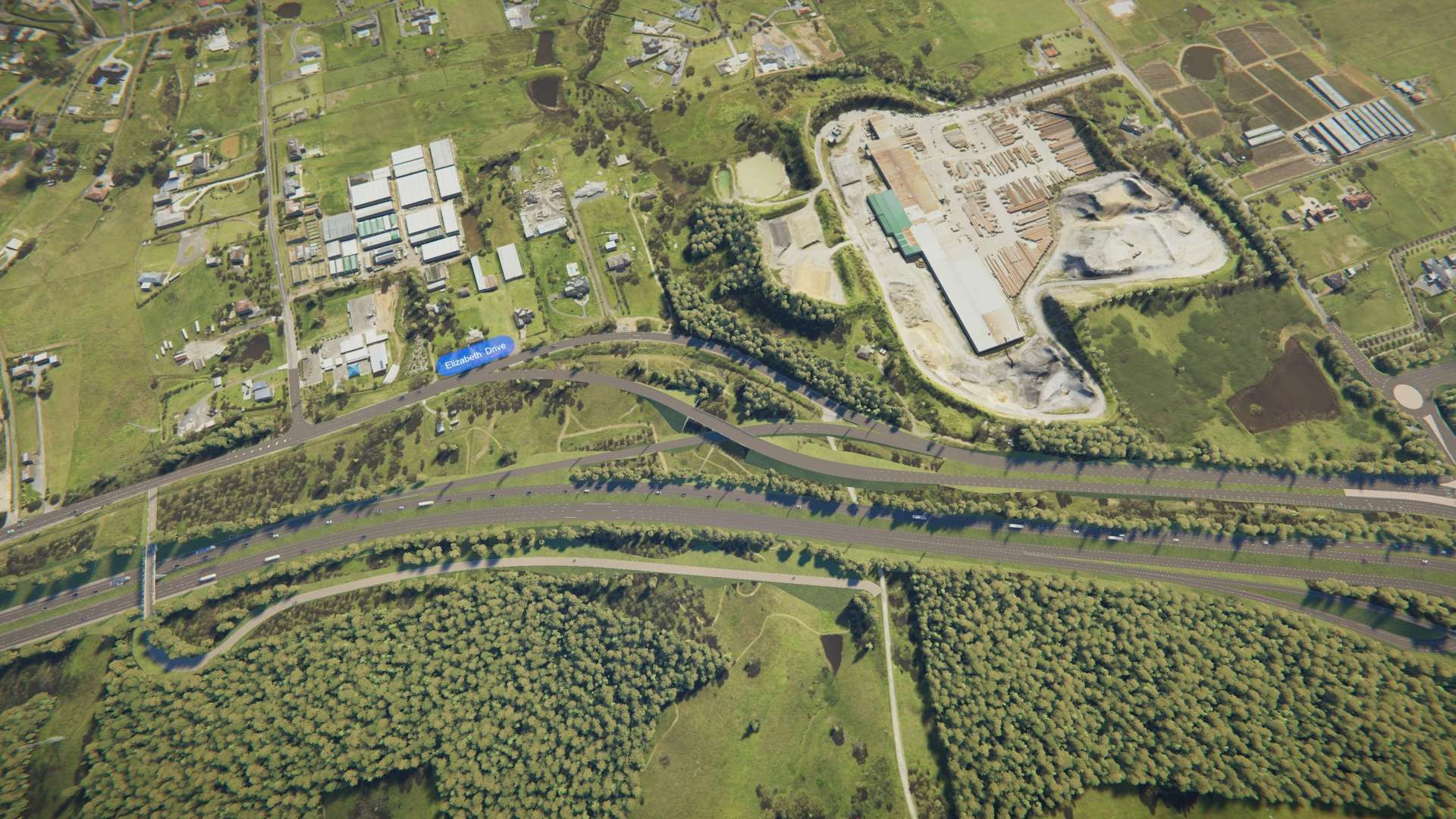

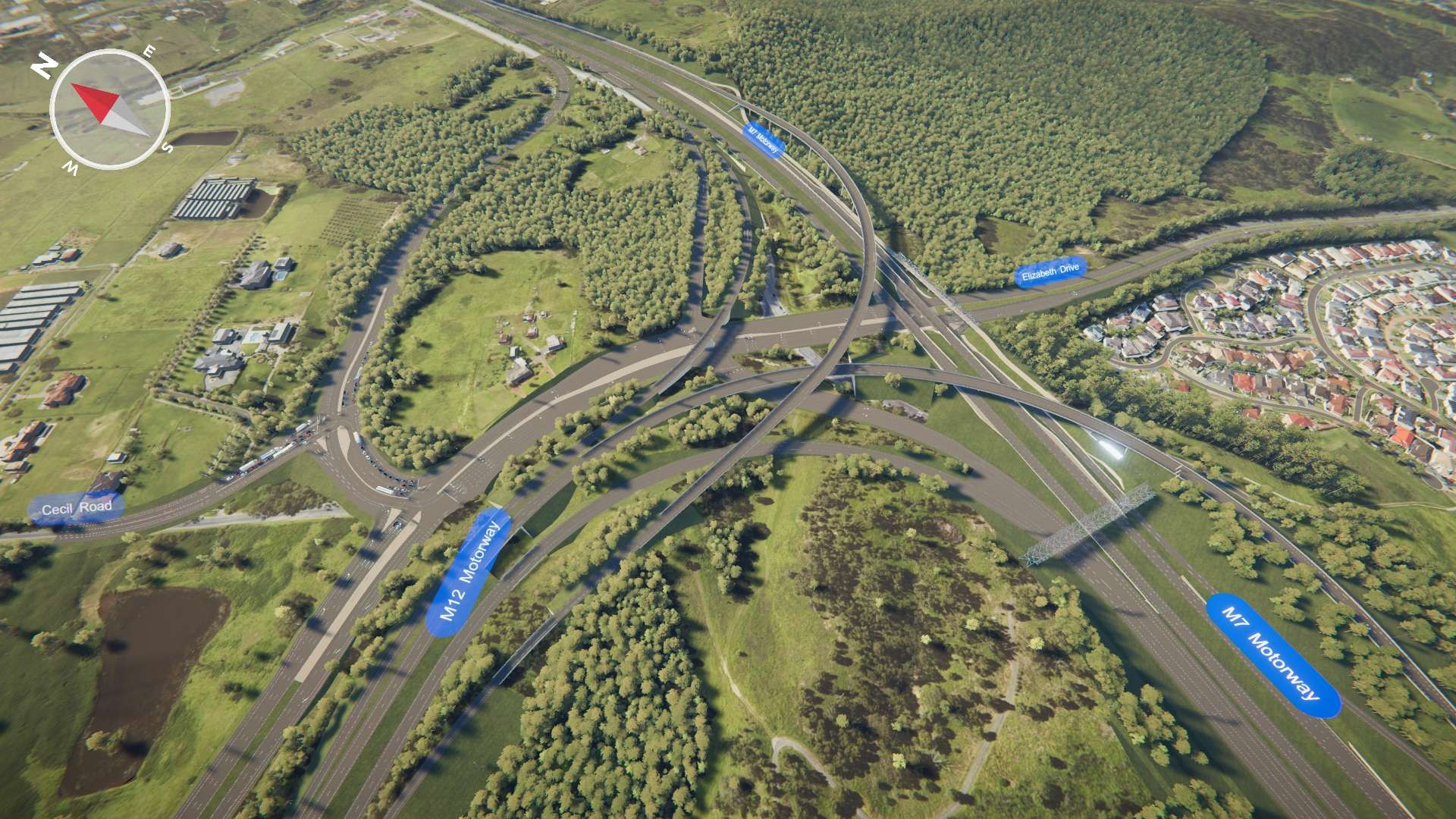










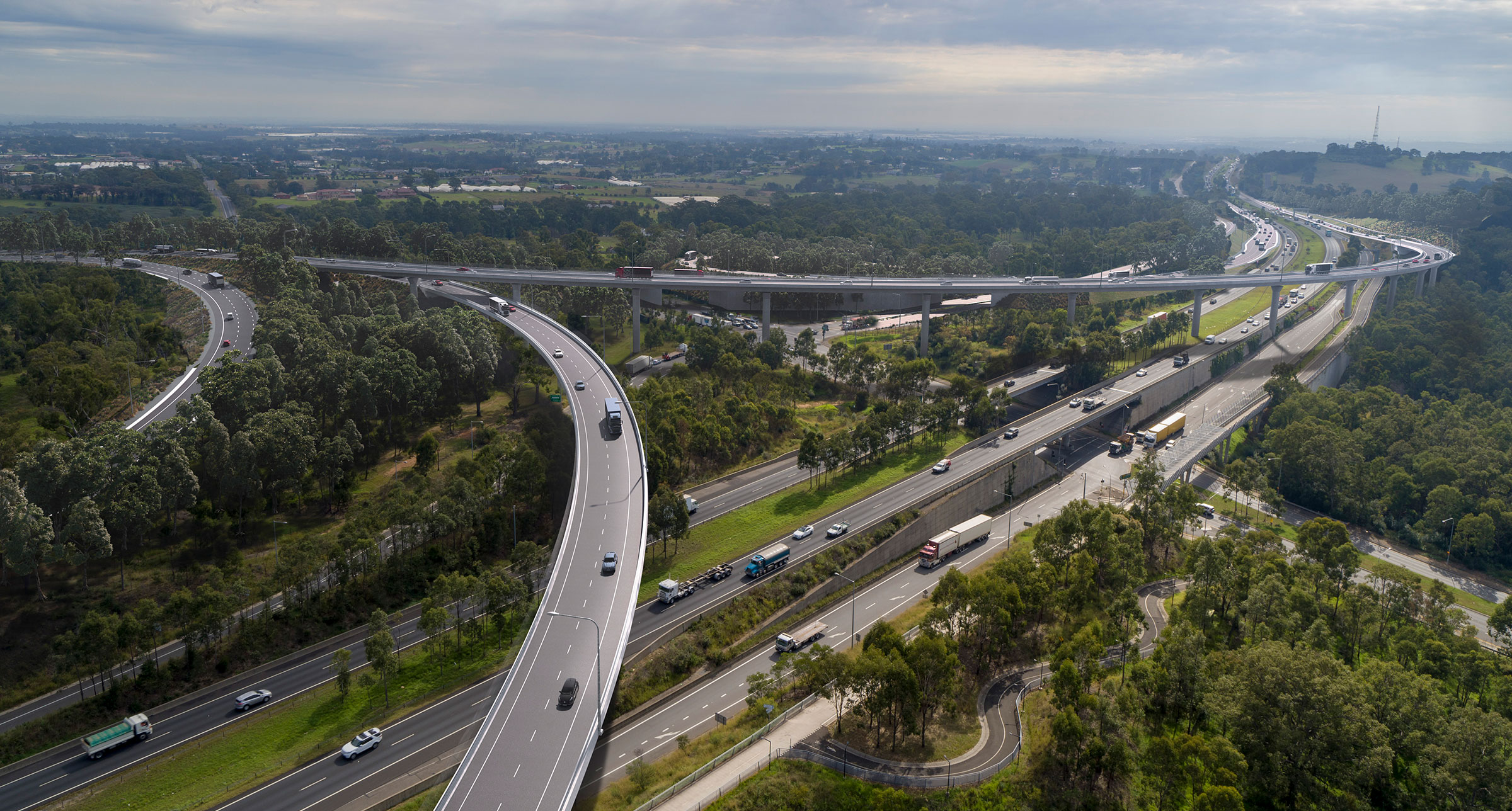
Lorem ipsum dolor sit amet, consectetur adipisicing elit, sed do eiusmod tempor incididunt ut labore et dolore magna aliqua. Ut enim ad minim veniam, quis nostrud exercitation ullamco laboris nisi ut aliquip ex ea commodo consequat. Duis aute irure dolor in reprehenderit in voluptate velit esse cillum dolore eu fugiat nulla pariatur. Excepteur sint occaecat cupidatat non proident, sunt in culpa qui officia deserunt mollit anim id est laborum.
The M12 Motorway Place, Design & Landscape Plan (PDLP) public exhibition period has now ended. Our PDLP was on public display from 1 to 28 November 2021.
Your feedback is important to us and we thank you for providing your formal submissions, feedback, comments and suggestions. We will now review all of the feedback and submissions received, and where possible, make changes to the PDLP in ways where we can still meet our project requirements. All of the submissions received will be collated into a Submissions Report which we will publish on our website, nswroads.work/m12 early next year. We will also provide a copy of this along with the updated PDLP to the Department of Planning, Industry and Environment.
The final approved PDLP will be available on our website – nswroads.work/m12.
In the meantime, if you have any questions about the project please email us or call 1800 517 155.
Click enter below to learn more about our PDLP and see our latest artist impressions.
Coming soon
Updates delivered to your inbox
To make a submission on the Amendment Report, use the online form. All submissions received will be placed on the DPIE website.
For a video tutorial on how to make a submission on the DPIE website click here.
To watch a video tutorial about how you can subscribe to receive timely, project-related alerts click here.
If you want the Department to delete your personal information before publication, please make this clear at the top of your letter.



The proposed amendments to the project as described in the EIS are outlined below:
The Environmental Impact Statement (EIS) for the M12 Motorway was on public exhibition in October and November 2019.
Submissions from 50 submitters were received, categorised and reviewed. Community issues are categorised in this chart.
View EIS submissions report (page 11)
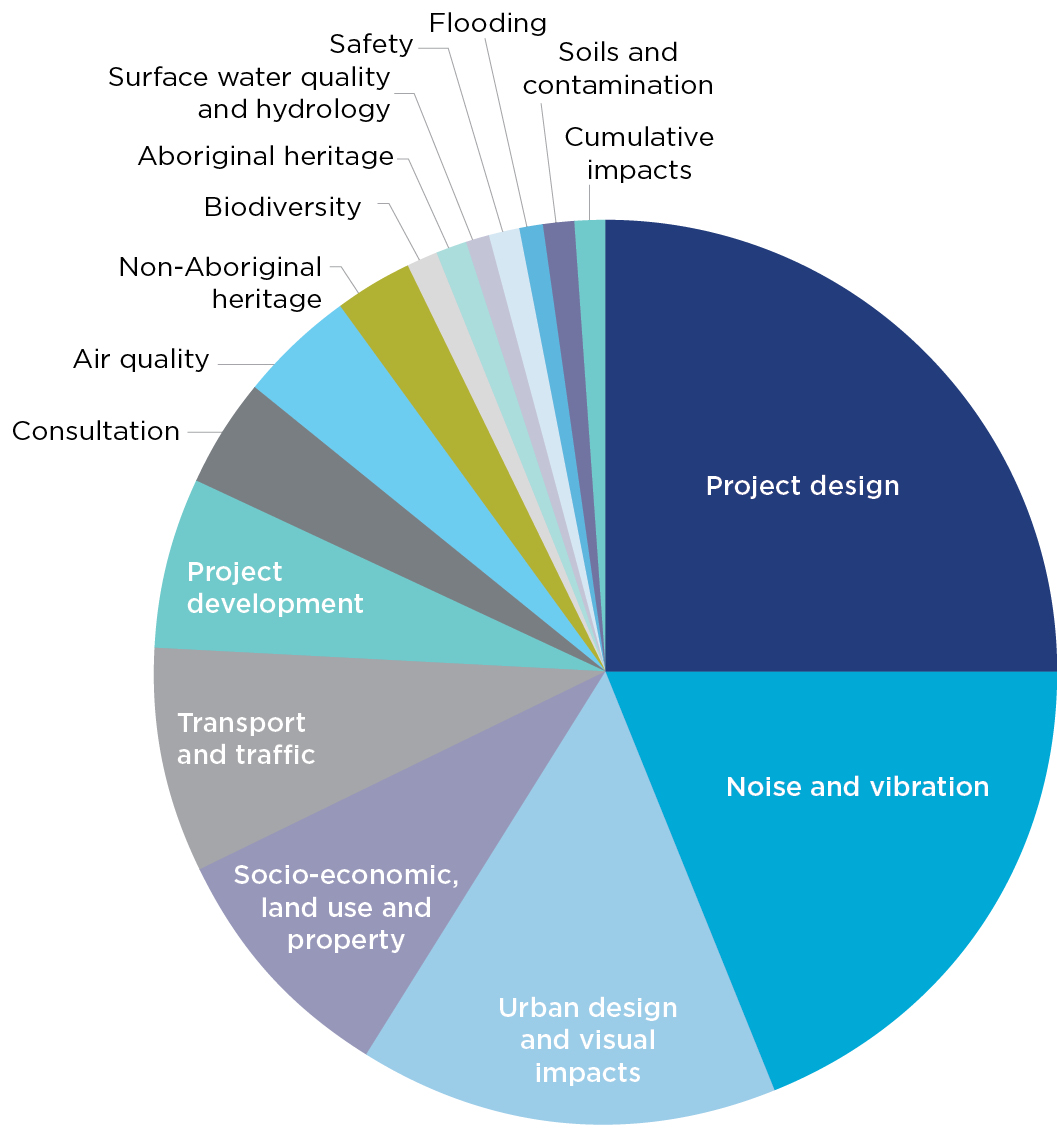
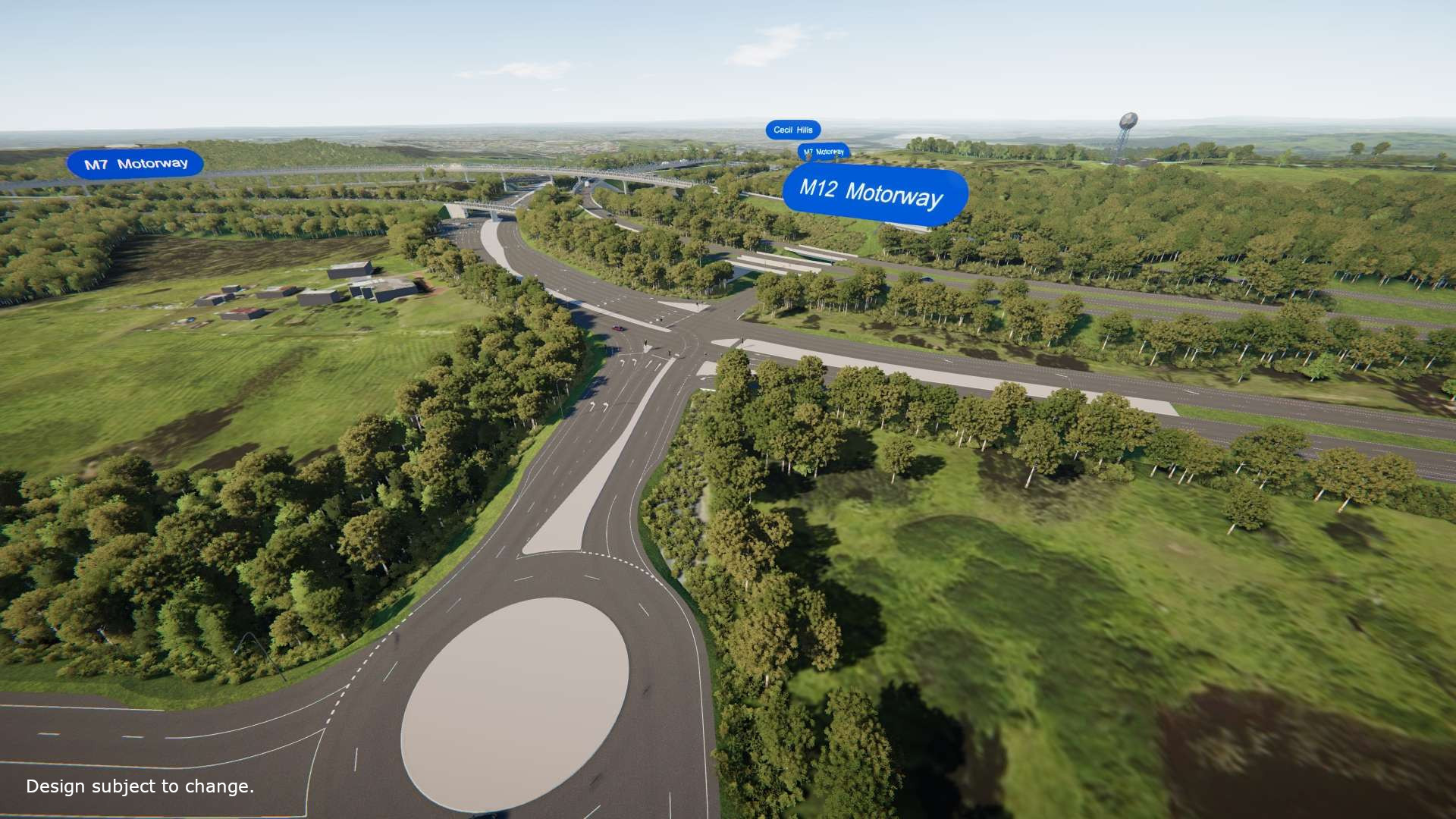



Coming soon

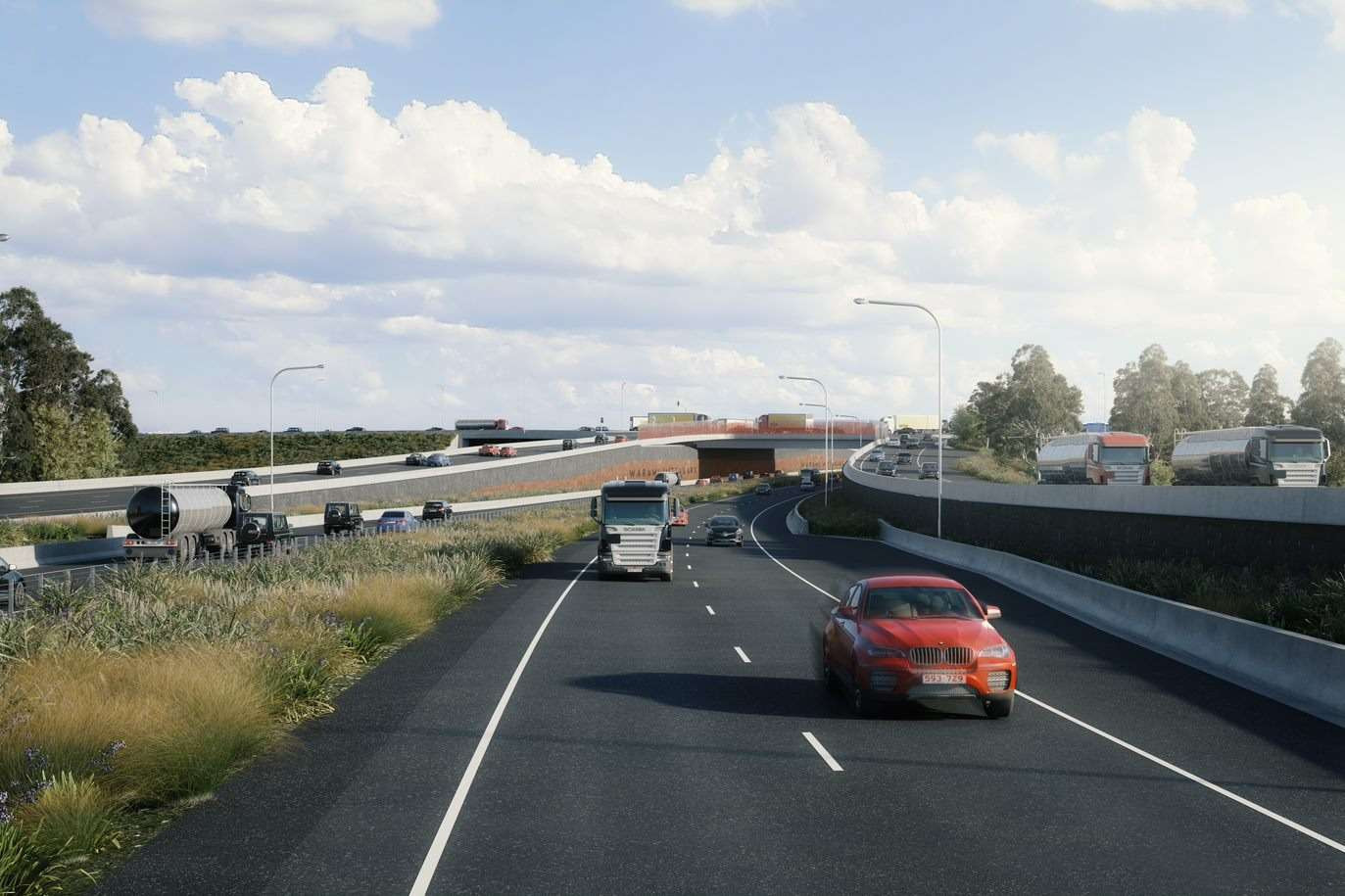
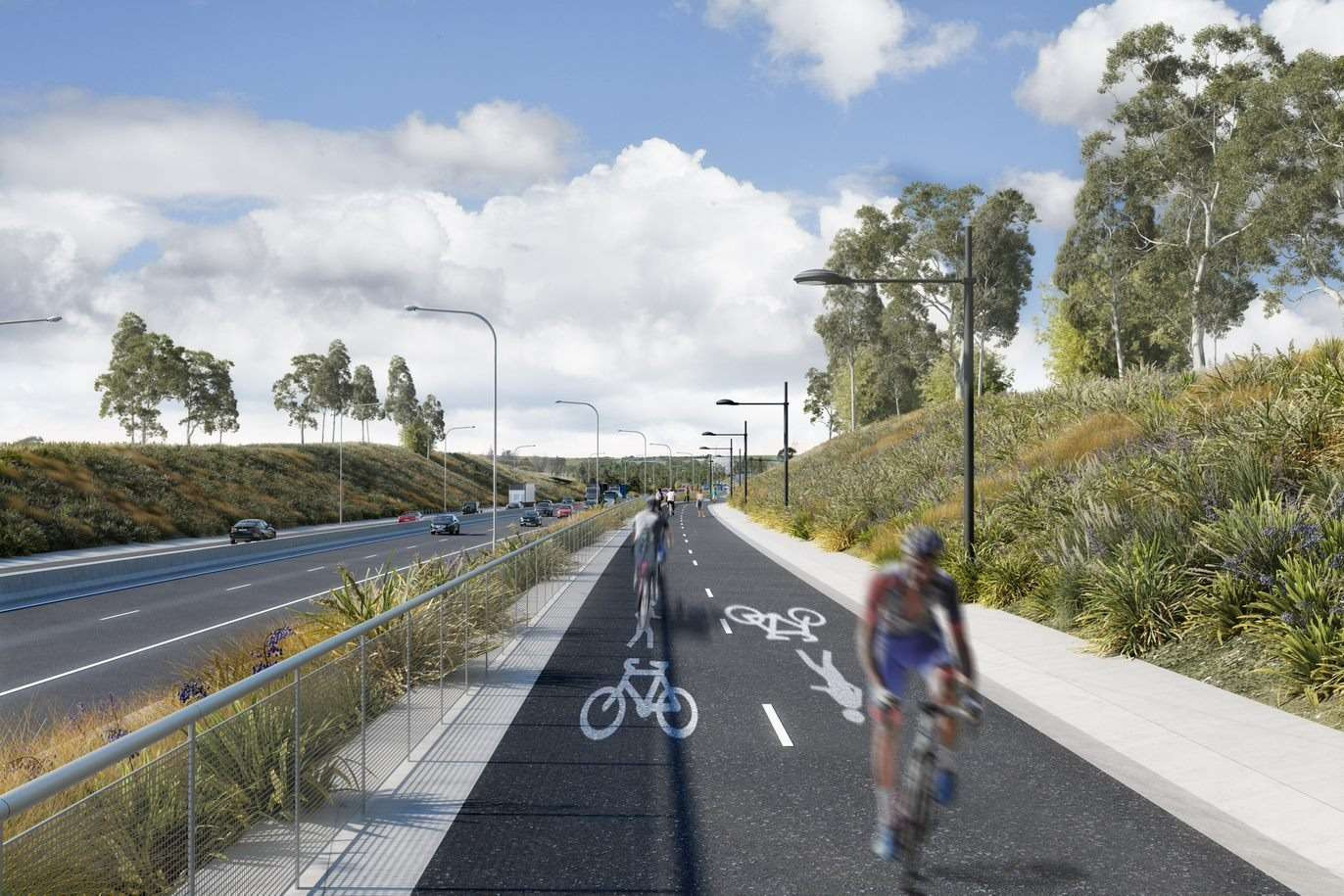
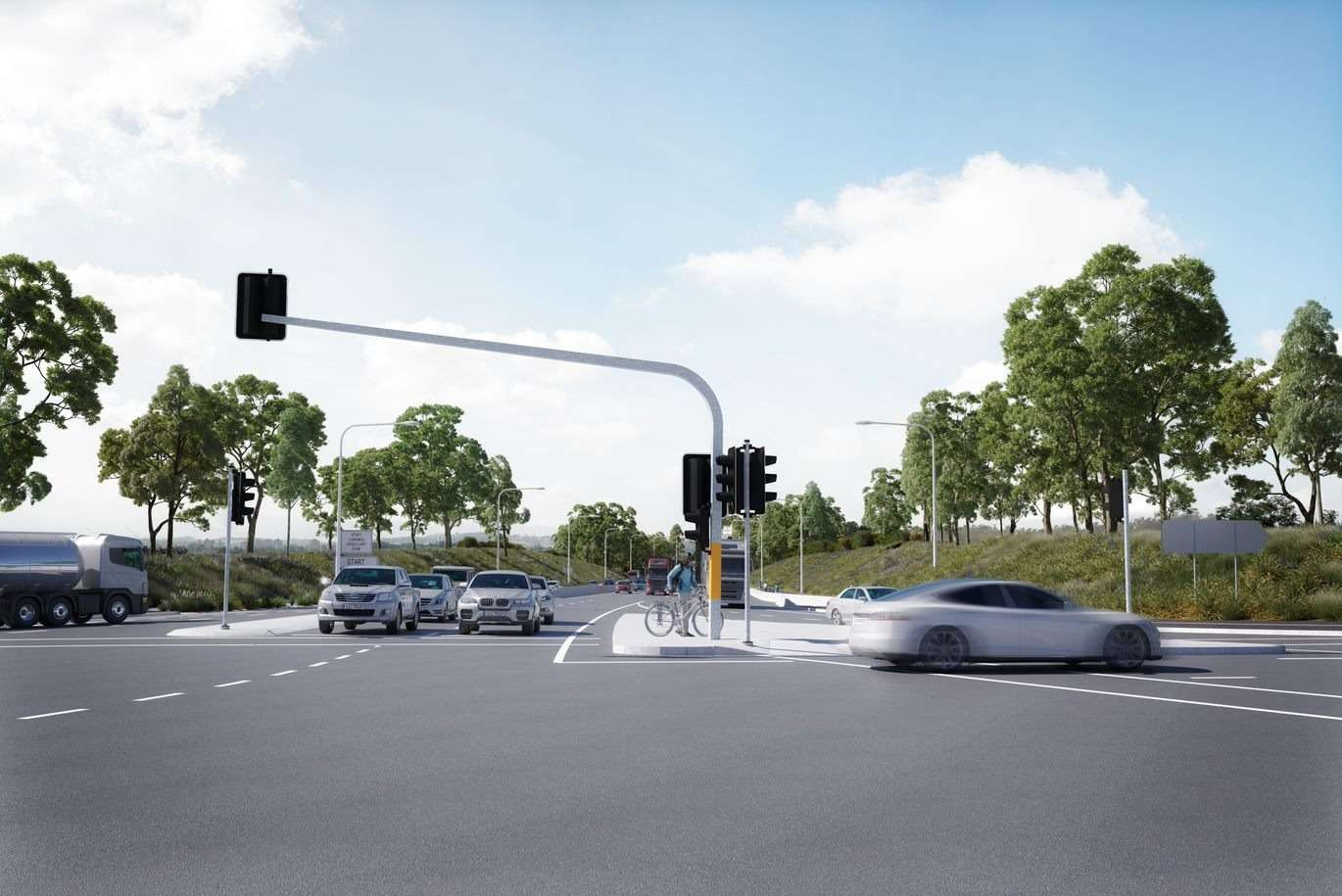
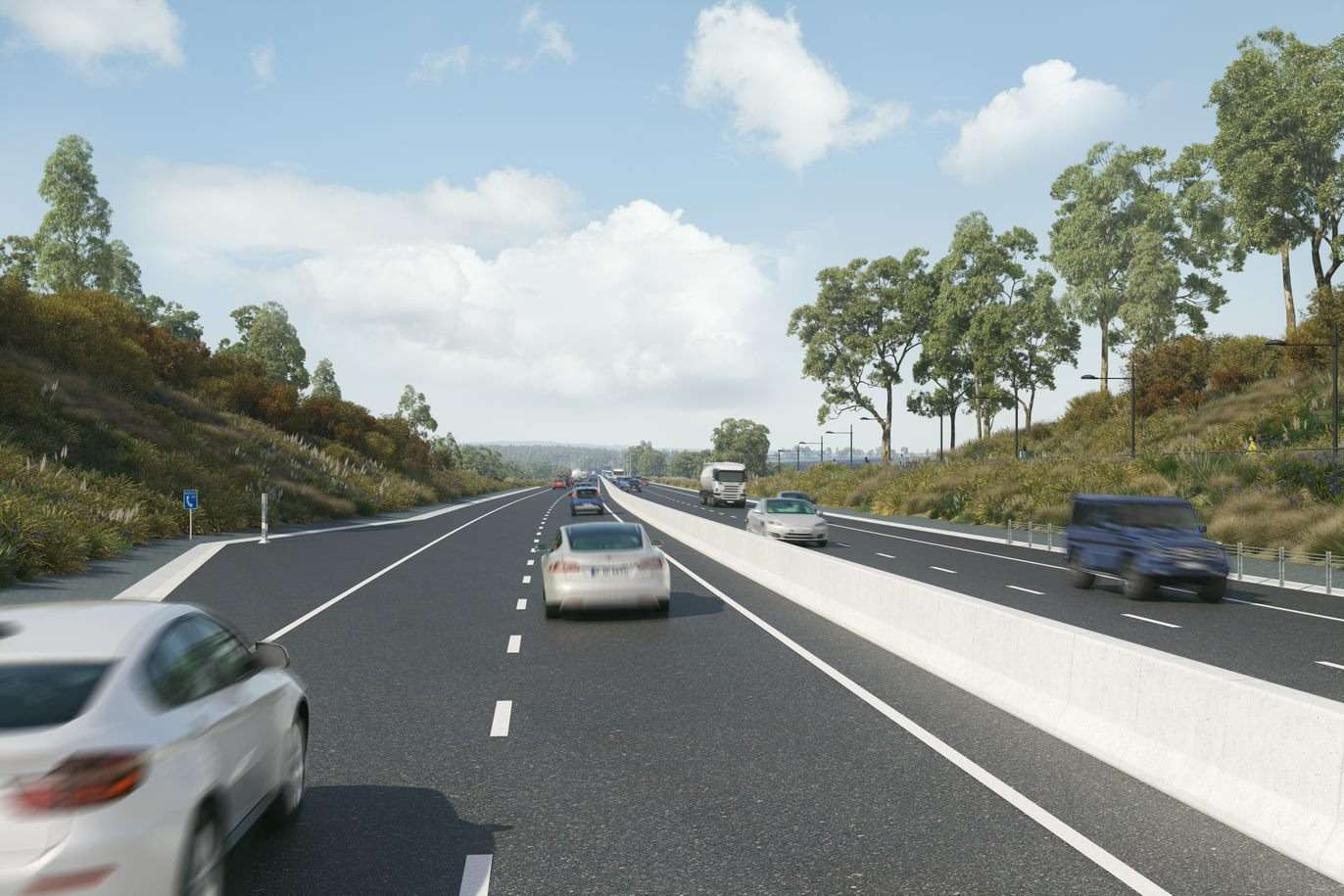

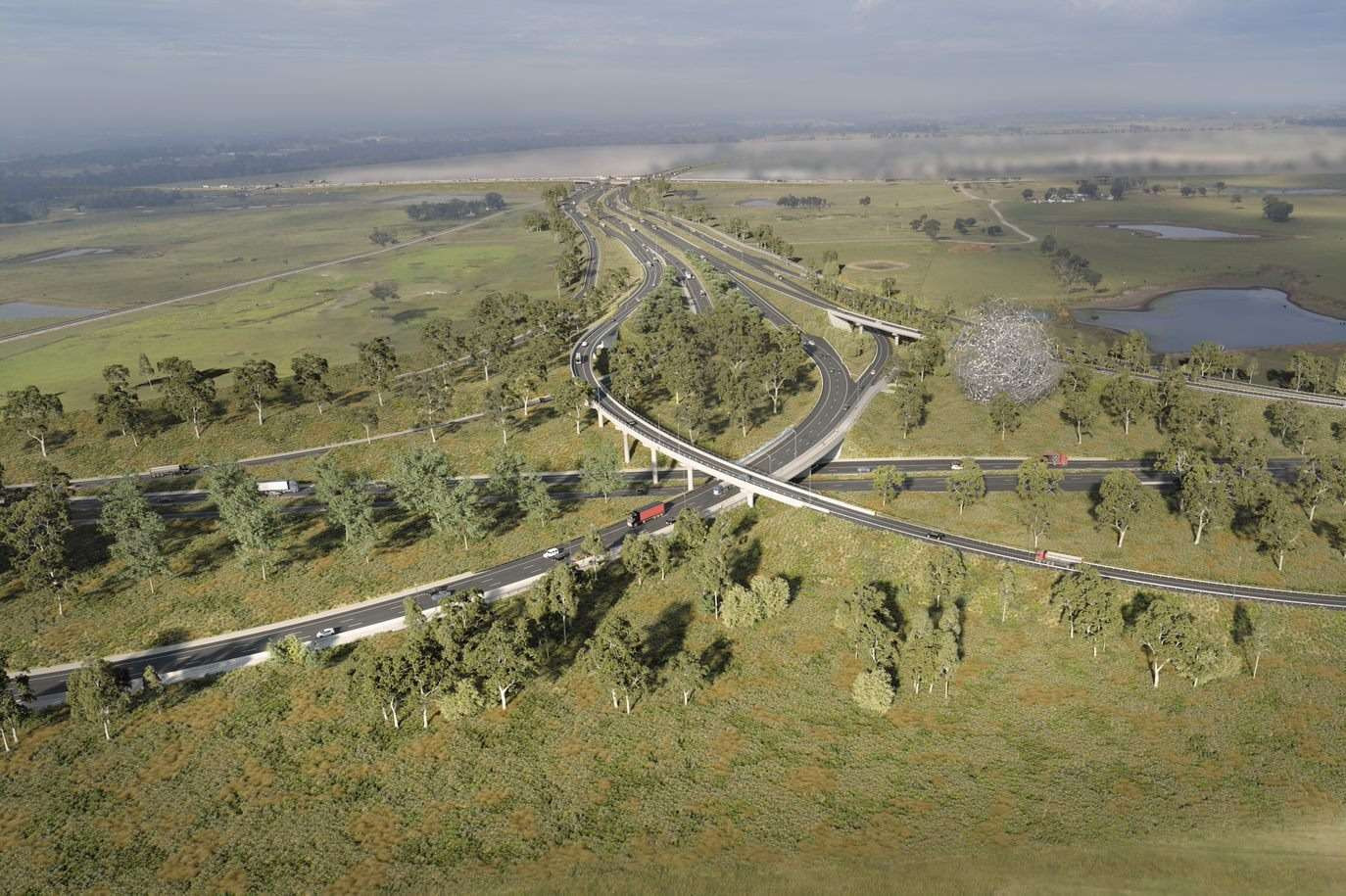
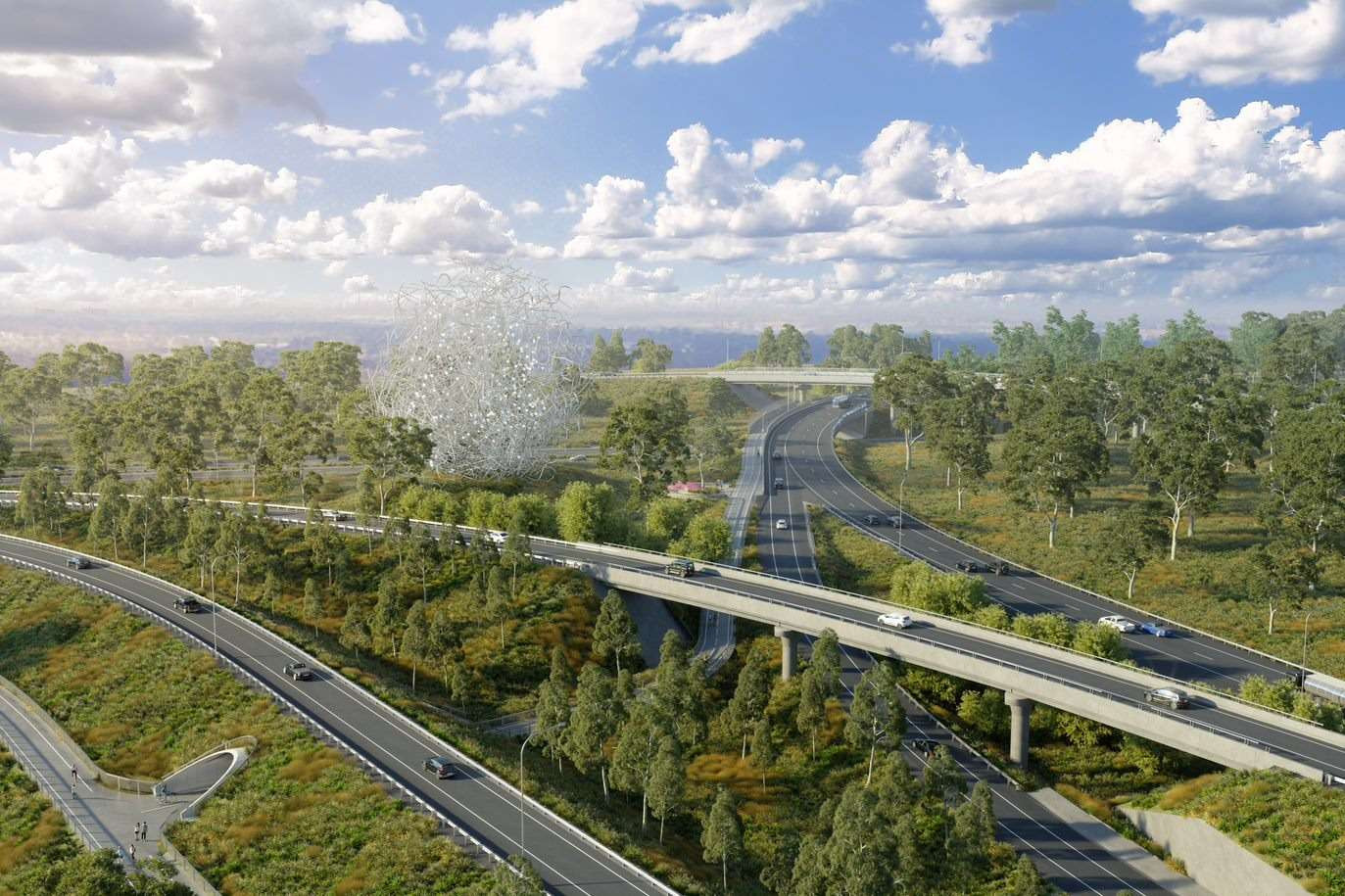


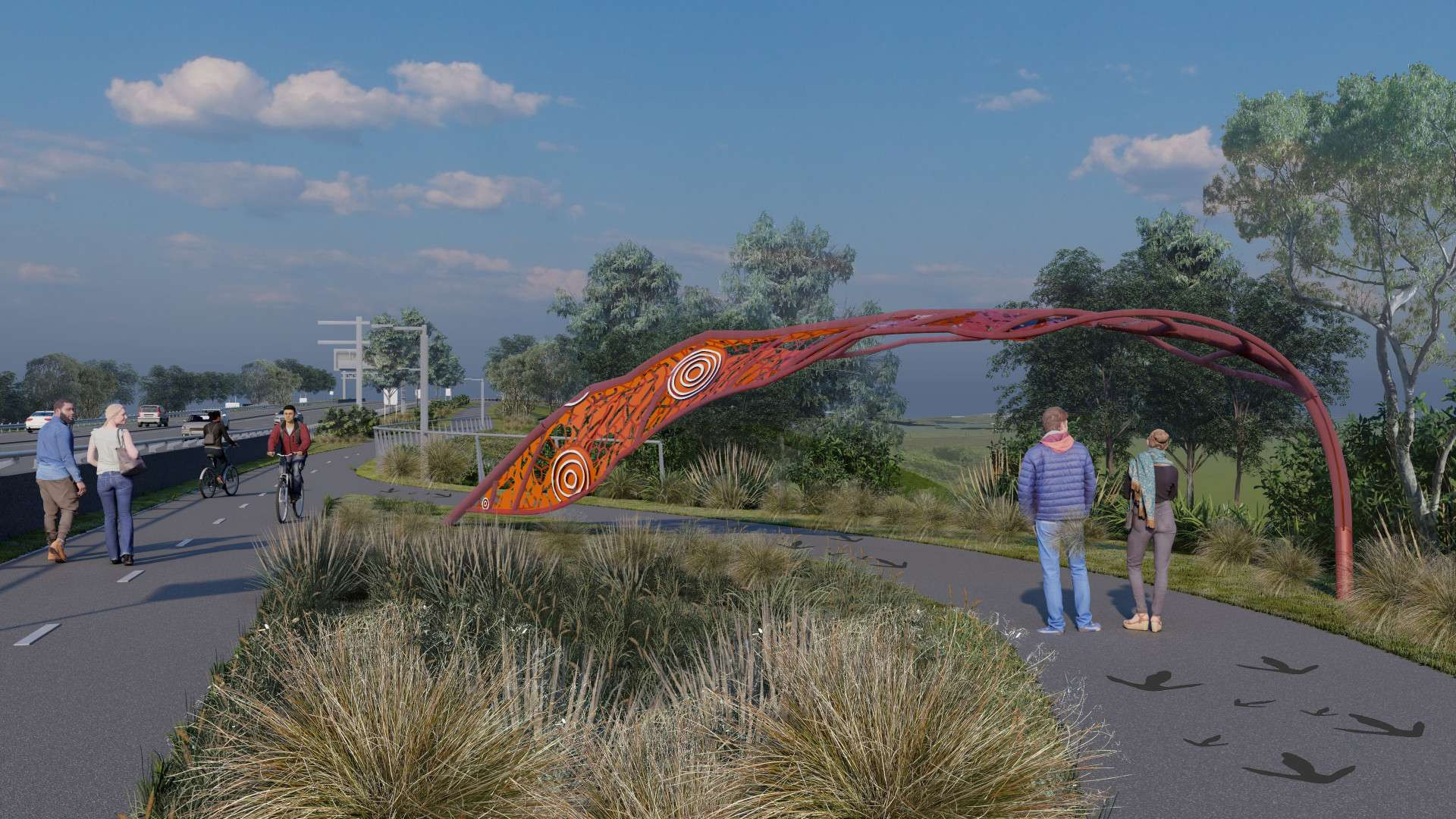


The PDLP forms part of the M12 Motorway project, and is part of the Western Sydney Infrastructure Plan (WSIP) – a $4.1 billion road investment program jointly funded by the Australian and NSW governments.
The PDLP illustrates how changes to the landscape will be designed in keeping with the cultural heritage of an area that has been part of the local Darug people and subsequent non-Aboriginal settlement. It will guide the implementation of landscape design that will be installed as part of the project including revegetation.
The PDLP includes the following information:
The PDLP aims to solidify the urban design concept for the M12 Motorway project, using a ‘Connection to Country’ vision which will create a distinctly unique and memorable transport infrastructure connecting other parts of Sydney to the Western Parkland City.
The PDLP covers the M12 Motorway corridor, an east-west 16 kilometre transport link between the M7 Motorway, Cecil Hills and The Northern Road, Luddenham.
The PDLP which accompanies the M12 Motorway, crosses the local government areas of Fairfield, Liverpool and Penrith, and will pass through the suburbs of Cecil Park, Cecil Hills, Mount Vernon, Kemps Creek, Badgerys Creek and Luddenham.
The design illustrated in the PDLP has been developed after extensive consultation with key stakeholders including relevant councils, Western Sydney Parklands Trust, Heritage NSW, the community, and affected landowners and businesses on the concept design, during refinement of the design and the Environmental Impact Statement and Amendment Report exhibitions to understand and address community concerns and questions.
Key stakeholders have been consulted through a series of briefings and workshops at various stages of the M12 project development, attended by design teams as well as TfNSW representatives. Further discussion and consultation has also occurred during the development of the PDLP.
At the time the release of the PDLP for public display, briefings have been undertaken or requested with:
The Design Review Panel (DRP) was engaged in accordance with the Minister’s Conditions of Approval to advise on the development of the PDLP. The DRP is comprised of the following practitioners:
Practitioner | Area of expertise |
Ms Leanne Tobin | · Public art/cultural interpretation public art; and · Aboriginal cultural heritage |
Mr Craig Burton | · European cultural heritage |
Ms Mary Anne McGirr | · Landscape architecture; and · Active transport |
Mr Adrian Pilton | · Landscape architecture; and · Active transport |
Exhibition of the PDLP for public comment will run for four weeks between 1 and 28 November 2021. Feedback must be submitted before midnight Sunday 28 November.
You can provide your feedback via the M12 Motorway PDLP portal and click on the ‘Have your say’ link on the top of the page or by emailing your submission to m12motorway@transport.nsw.gov.au. If you can’t access a computer, please call us on 1800 517 155 and ask to make a submission on the M12 Motorway PDLP. A team member will record your submission via the online feedback form on your behalf.
Topics you can provide feedback on during the public exhibition period include:
The design illustrated in the PDLP has been developed after extensive consultation with knowledge holders, key stakeholders including relevant councils, Western Sydney Parklands Trust, Heritage NSW, the community, and affected landowners and businesses on the concept design, during refinement of the design and the Environmental Impact Statement and Amendment Report exhibitions to understand and address community concerns and questions.
Various research undertaken including cultural heritage plans have fed into the PDLP design including Aboriginal cultural interpretation.
During public exhibition, further consultation will be undertaken with stakeholders and the community to help finalise the PDLP.
Transport for NSW engaged Balarinji, an Aboriginal design agency early on during the project to conduct a process to prepare conceptual design directions that would be underpinned by a locally endorsed Aboriginal narrative. These design directions were gathered through an inclusive consultation process with artists and knowledge holders who originate from or live and work in the Aboriginal community through which the project would run.
In addition to this process, three Aboriginal Focus Group meetings were held for the project.
The M12 project is located on the land of the Mulgoa, Cabrogal and Cannemegal of the Darug (Dharug, Daruk) language group. It would pass through the Deerubbin Local Aboriginal Land Council (LALC) area and the northern boundary of Gandangara LALC. The project study area was traditionally the cornerstone of the three cultural groups from the area; Darug, Dharawal and Gandangara, and was a place where these groups would come together for ceremony. The area has a 40,000-year history and the Darug Nation are custodians of the land, comprising 35 clans and five to six kin groups within each clan.
Working with the outcomes from the M12 Aboriginal Cultural Interpretation report in 2018, Balarinji, following Cultural Design Principles, developed a high-level translation of the site’s narrative and Aboriginal aspirations. They have guided the artwork development and thinking about embedding Aboriginal sensibility into the Project. The project vision of ‘Connection to Country’ seeks to embed key interpretive themes by consider Aboriginal integration in a new way.
There are six key cultural interpretation elements that have been incorporated into the project including the emu. The emu is a Darug Community motif representing the sacred creation story of the Great Emu constellation. Aside from the landmark sculpture celebrating the Great Emu constellation, emu footprints used throughout the PDLP represent the experiences of people travelling along songlines and singing Country. Emu footprints are predominantly found at interpretation nodes, used as traffic calming devices and to provide cultural interest.
Transport for NSW engaged Balarinji, an Aboriginal design agency early on during the project to conduct a process to prepare conceptual design directions that would be underpinned by a locally endorsed Aboriginal narrative. These design directions were gathered through an inclusive consultation process with artists and knowledge holders who originate from or live and work in the Aboriginal community through which the project would run.
According to the Balarinji 'Aboriginal art strategy', there is a local Darug Dreaming Story which tells the story of Mariong (the Emu and Mother) and how she became the Milky Way. Mariong is sitting in the river, she stands up, shakes the water off her feathers and creates the stars, then becomes the Milky Way. Depicting this local Darug Dreaming story is the proposed 30m high Emu’s nest that acts a Welcome to Darug Country.
The artworks illustrated in the PDLP will be implemented during construction of the M12 Motorway including the landmark Emu in the Sky sculpture, and forms part of the construction contract to be awarded.
The M12 Motorway project provides a great opportunity for a well vegetated corridor, which is outlined in the PDLP. The project has been undertaking a seed collection and propagation program from mid-2020 to optimise replanting and vegetation growth from local indigenous species for when the motorway is open. Re-planting will have a focus on re-connecting fragmented ecological communities and being resilient in a changing landscape.
The M12 Motorway also adheres to planning conditions that address urban heat concerns with tree canopy requirements along the corridor, and to maximise planting in areas away from encroaching infrastructure needs.
Due to requirements of other surrounding infrastructure, the M12 Motorway is unable create consistent levels of tree canopy and vegetation in all areas of the project. Some areas of the project in close proximity to the Western Sydney International Airport require a limit on the number of trees to mitigate wildlife hazards for aviation safety such as birds and bats. Transport for NSW has been working with the Western Sydney Planning Partnership to determine suitable plant species that can be planted within three kilometres of the Western Sydney International Airport.
A shared walking and cycling path is one of several key features of the PDLP. This shared path will largely follow the M12 Motorway corridor with a section on the eastern end of the project going through the Western Sydney Parklands. This section of the shared user path will be delivered by the Western Sydney Parklands Trust.
There will be some impacts to the existing M7 Motorway shared user path during construction of the M7/M12 interchange. Transport for NSW will consult with relevant user groups prior to construction and take feedback on board to identify options and minimise impacts where possible.
Transport for NSW maintenance contractors will maintain the pedestrian cycling paths and public art in the M12 Corridor. Any paths on local roads will be handed to the relevant council to maintain.
Pedestrian and cyclist paths are shared along the M12 Motorway corridor.
The PDLP provides connectivity between existing and proposed routes for local communities. It provides details of the pedestrian and cyclist routes which will be provided as part of the M12 Motorway and how it will connect to other projects in the area such as the Western Sydney Parklands and the Elizabeth Drive Upgrade. It is envisaged that paths will connect to recreation corridors in adjacent planned precincts.
A shared pedestrian and cyclist link will be created between the M12 Motorway and the Western Sydney Parklands.
The M12 Motorway project acknowledges that as part of construction, there will be impacts to existing vegetation including the removal of trees and endangered ecological communities (including Cumberland Plain Woodland) across the project footprint. Transport for NSW commenced a tree survey along the length of the M12 Motorway alignment early on during the project lifecycle to understand the number of trees to be removed, habitat features and their potential for re-use. A total of about eighty-one hectares of native vegetation would be impacted by the project.
Transport for NSW will obtain biodiversity offsets for the project in accordance with NSW Biodiversity Offsets Policy for Major Projects (OEH, 2014) and will continue to consult with stakeholders during the detailed design and construction phase of the project. For trees not subject to biodiversity offsets (e.g. non-native or planted trees), TfNSW will aim to provide a net increase in the number of replacement trees at a ratio of 2:1. Re-planting density and canopy cover in some locations near the Western Sydney International Airport may be limited to mitigate wildlife hazards for aviation safety.
A seed collection and propagation program is also being undertaken, which has been designed to ensure the project can plan for landscaping and vegetation early on. The seed collection and propagation program aims to maximise the number of indigenous plant species from locally available seed for use in revegetation.
The design would source seeds from the region where possible to vegetate the project footprint and propagate local, native and suitable plant life. Native grassland and grassy woodland plants are resilient, attractive to pollinators, resilient to pests and are low fire risk. One of the key aims of the landscape design includes planting for a changing climate.
Transport for NSW maintenance contractors will maintain these.
Recommendations for materials and finishes have been included in the PDLP to ensure the look and feel of the design and landscape features are sustainable and remain resilient to the Western Sydney climate. These will be incorporated into future maintenance plans for contractors.
Once the exhibition period closes, we will collate and review all submissions received. These submissions will be categorised by topic and considered as we finalise the PDLP.
We will look into feedback received and determine what can be used to make any changes. Changes will be made to the PDLP where possible, and a Submissions Report will be made available on the Transport for NSW M12 Motorway website.
The PDLP will be finalised after the consultation and submissions period, and reviewed by Transport for NSW before being finalised and made available to the public.
: The project will use tree planting and vegetation as visual screening along the M12 Motorway corridor. Current noise modelling indicates no noise walls are required for the project.
The design illustrated in the PDLP will be implemented during construction of the M12 Motorway.
As outlined in the PDLP, wildlife connectivity will be preserved with fauna passage opportunities located at all four main creek lines (Cosgroves, South, Kemps and Badgerys creeks). Bridges have been designed to ensure dry fauna passage can be provided for a range of ground dwelling fauna species, including kangaroos and wallabies. Rope bridges have also been provided at key locations to assist tree dwelling fauna (e.g. possums and gliders) cross the motorway corridor.
Secure fencing (including fauna fencing at key locations) and dedicated corridors will restrict access to important infrastructure, minimising the risk of wildlife venturing onto the road.
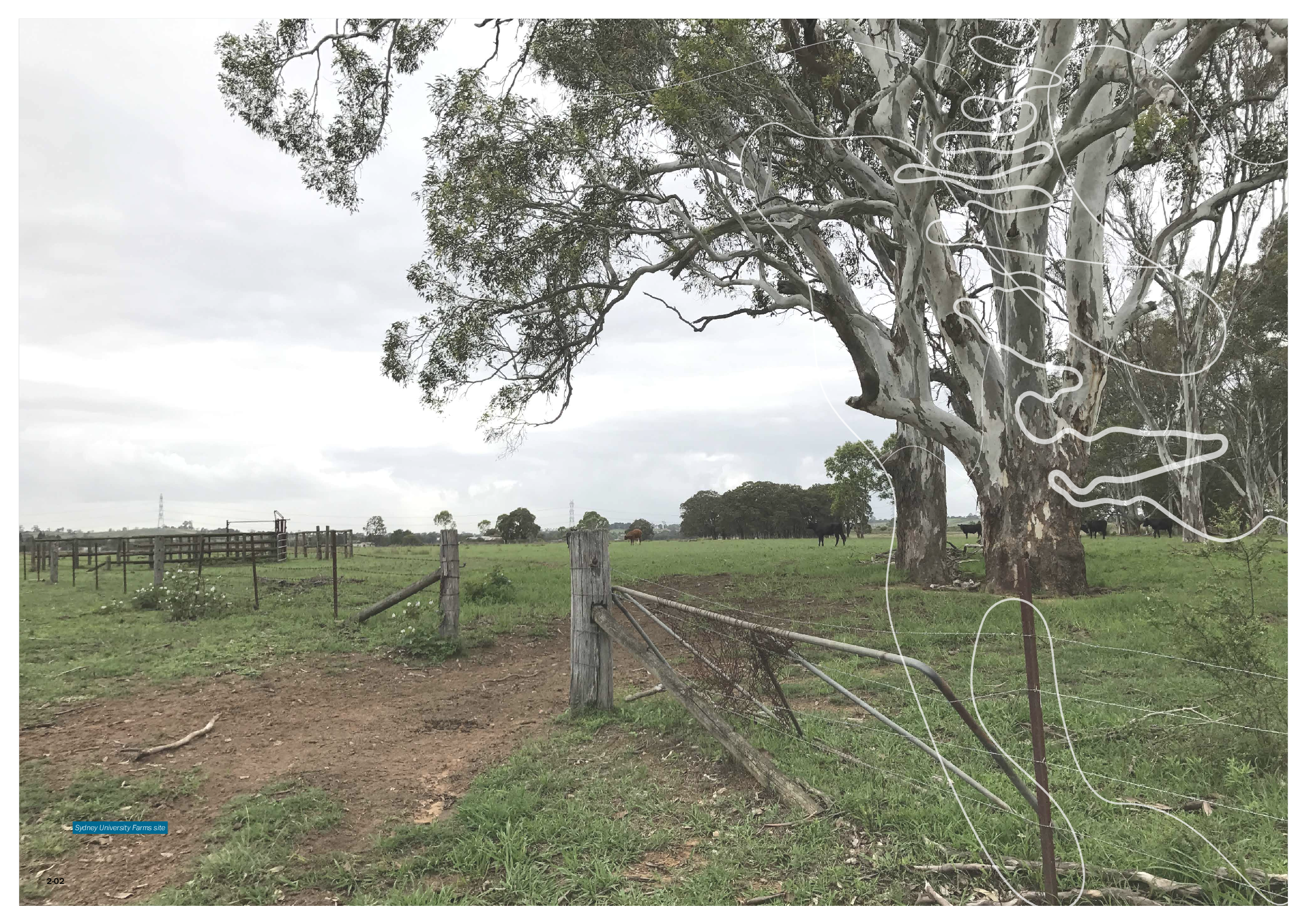
This chapter outlines the contextual analysis of the M12 Motorway corridor including the natural, built and community landscape such as land formation, existing land uses, soil, future land use, vegetation, Aboriginal and non-Aboriginal heritage.
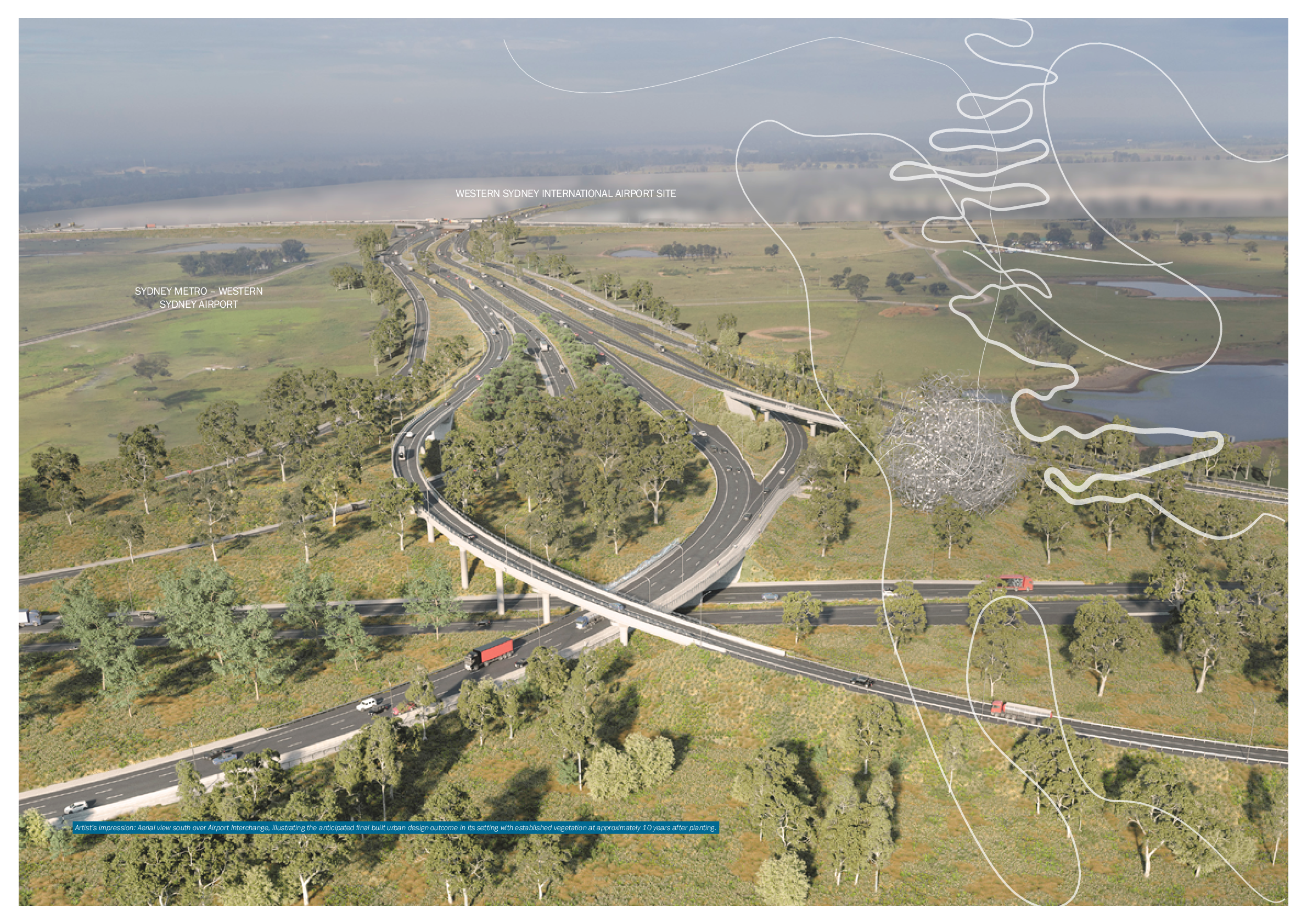
This chapter explores the overall project vision and the overarching urban design principles and objectives used to guide the outcomes. It also highlights how the vision of Connection to Country has been integrated across the motorway, and the ways in which cultural heritage interpretation studies have been used across the project.
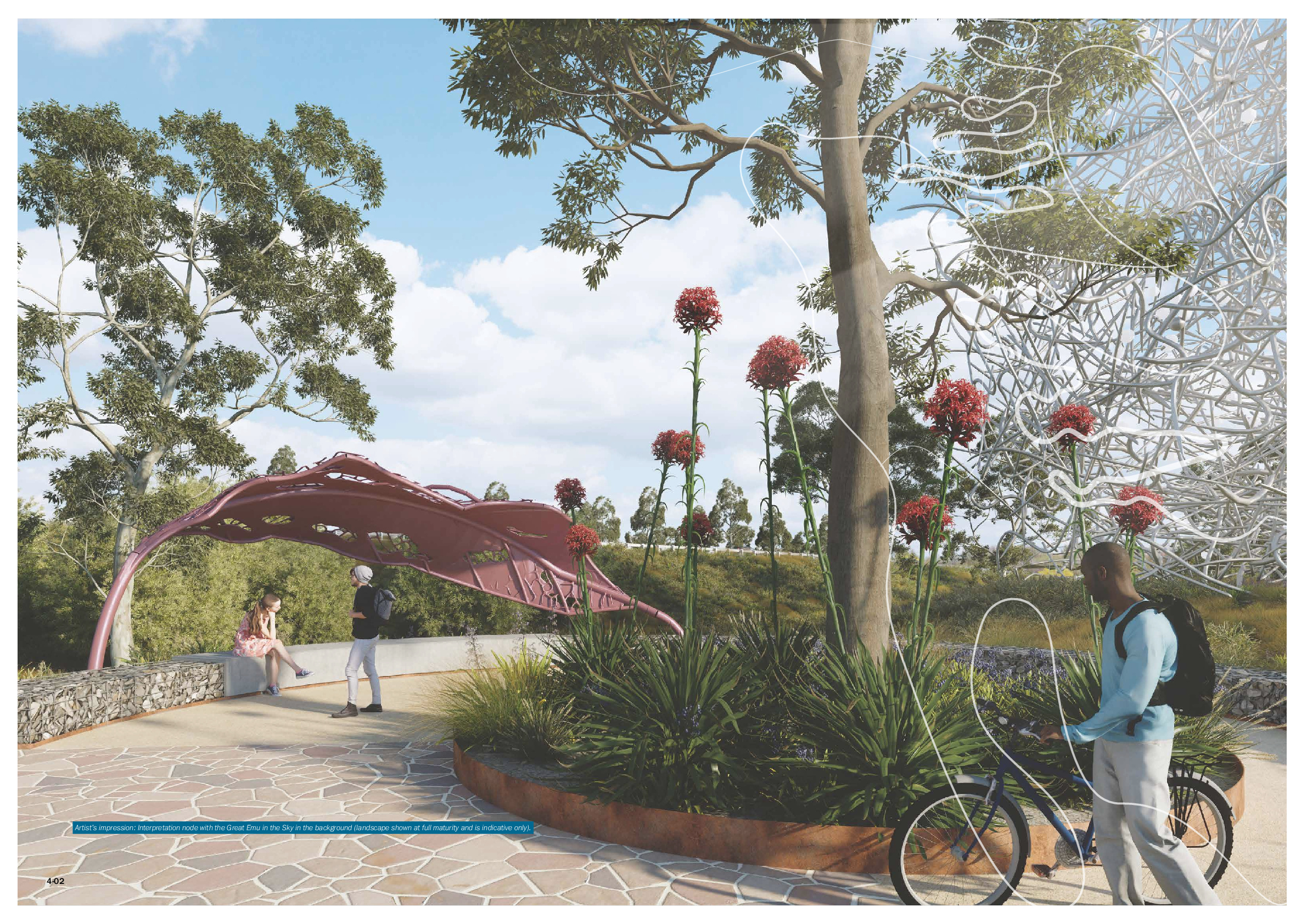
This chapter builds upon the urban design objectives, principles and strategies, to outline the overarching landscape concept. The concept responds to common characteristics found in the area such as the Cumberland Plain while adopting sound ecological principles and a strong connection with Country.
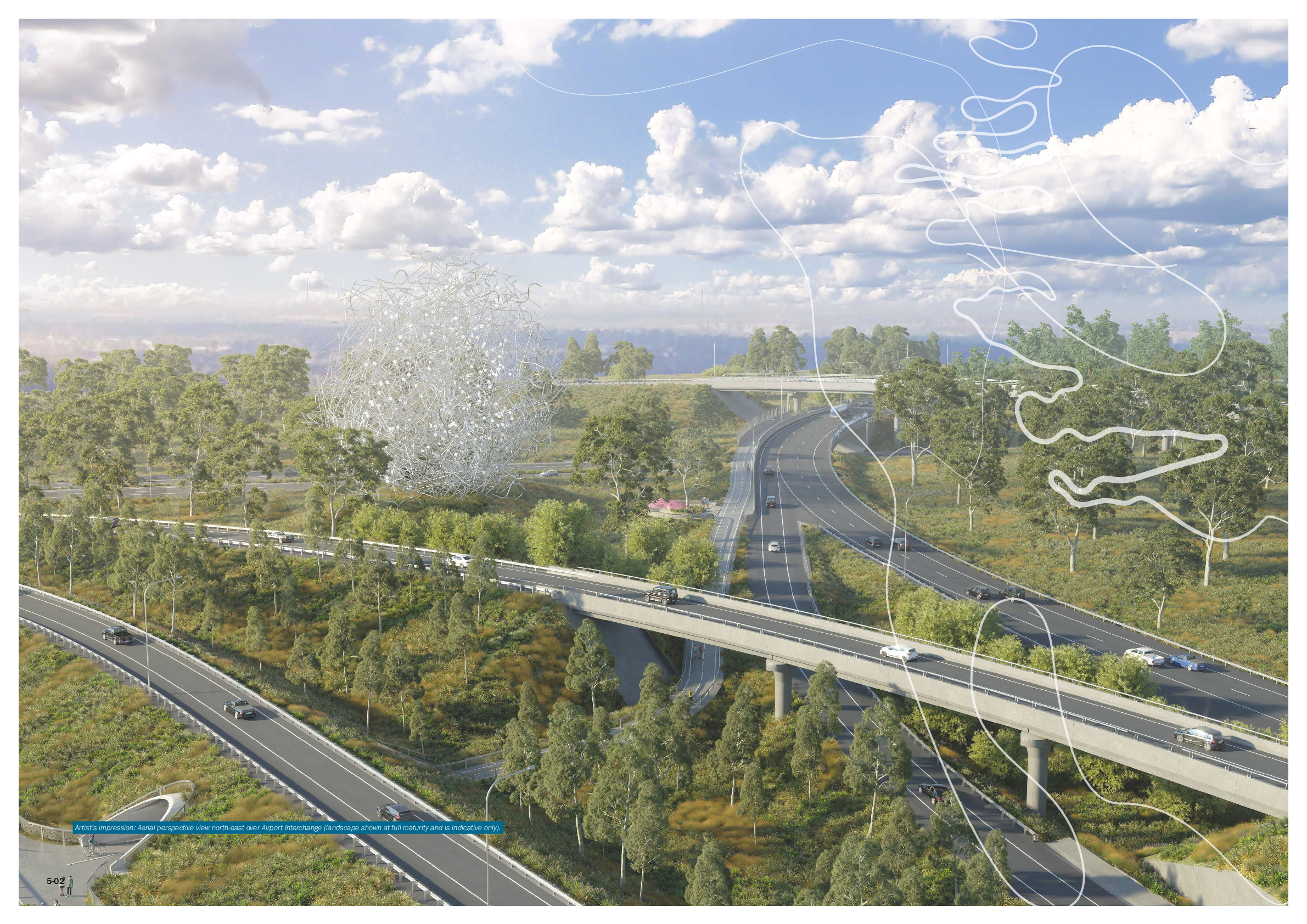
This chapter included information on our overall design of bridges and walls across the project, their location, retaining wall types and finishes including cultural design embedded in all the overbridge safety screens.
Select below to join us for our next live session.
You can use Chrome, Edge or Firefox for the video, however Safari is not supported.